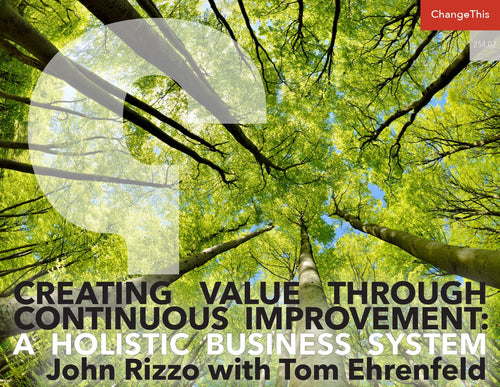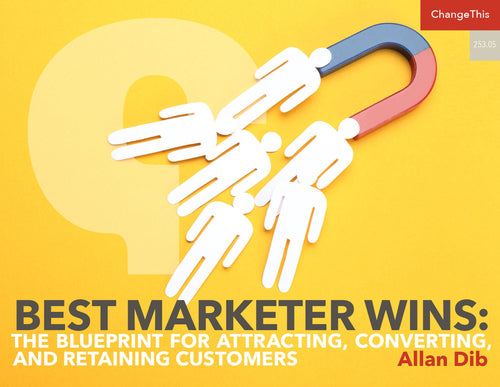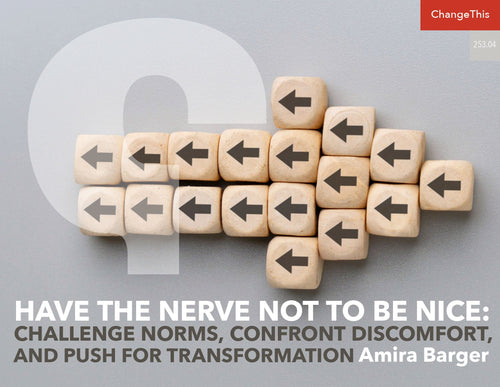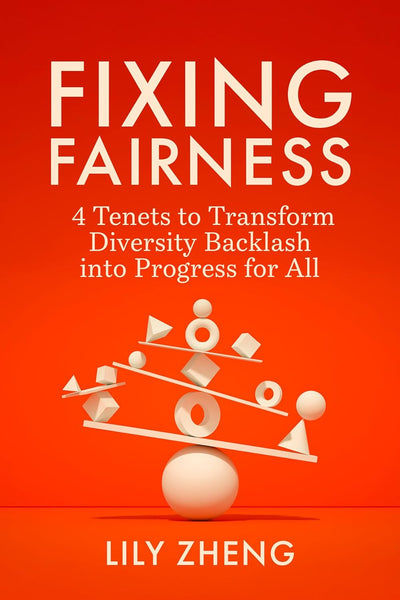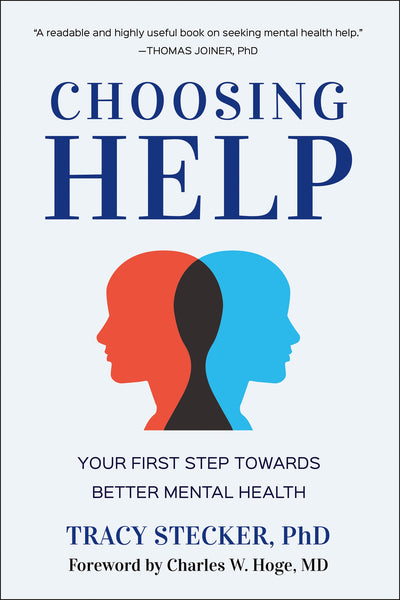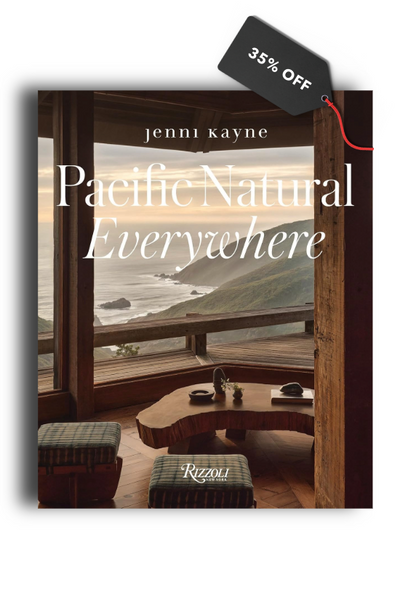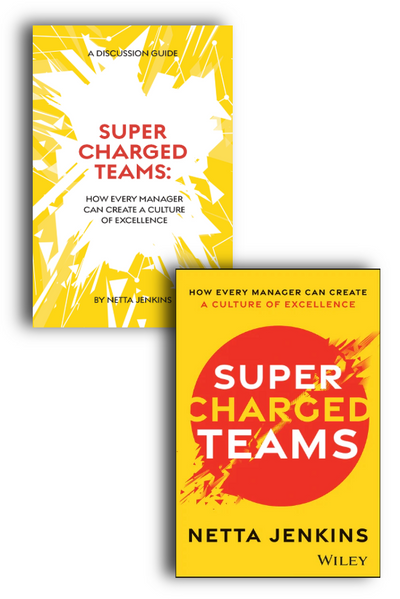The One That Got Away: On the Evolution of Fair Trade and Ethical Sourcing
As the founder of Fair Trade USA, Paul Rice has helped build the conscious capitalism movement, although not without some setbacks. He shares a story about one of his greatest regrets, and how a failure to close a big deal became a valuable lesson about evolving ethical supply chains.
It was 2008—a decade since I had launched Fair Trade USA—and we were on the verge of landing a historic deal that would change our organization’s trajectory and could potentially transform the entire coffee industry. We were in negotiations to certify Starbucks’ entire coffee supply—all of the roughly 400 million pounds of beans they bought each year—as Fair Trade. That meant the roughly 150,000 farmers around the world who grew beans for Starbucks would receive the protections and premiums our certification provides. We estimated the financial impact to be roughly $50 million per year, funneled down the supply chain to the farming families who needed it most.
These are among the most marginalized farmers on earth, often surviving on just dollars a day and consistently teetering on the edge of poverty. The Fair Trade premiums would help pay for things like infrastructure development, health care, and educational programs, which we’ve found help start to break the chains of generational poverty that characterize coffee-farming communities worldwide.
The way our model works is twofold: Fair Trade Certified farms must all meet our rigorous standards for both working conditions and environmental sustainability and agree to regular audits to make sure they remain in compliance. But the real gem of the Fair Trade model is our impact premium, which is an additional contribution companies agree to pay that goes directly to the farmers and workers. Not only would Starbucks need to agree to pay the farmers our guaranteed minimum price (which at the time was $1.20 per pound), but they would also need to pay the impact premium of ten cents per pound (it increased to twenty cents per pound in 2011).
This money goes directly back to the farmers in the form of a community-development fund. Every year, the farmers vote democratically about how to invest their premiums, choosing projects like clean water, scholarship funds, medical clinics, or agricultural infrastructure to improve the quality and efficiency of their operations. Fair Trade is the only certification model that guarantees farmers a premium, and no other model generates the transformative community economic development that we do. We were able to show the Starbucks team that for a price tag of only $50 million per year—a drop in the bucket compared to their annual profits—they could go 100 percent Fair Trade and have a huge impact on coffee-producing communities around the world. And they would get more credit in the eyes of consumers and their critics.
Then, finally, the conversation shifted to the elephant in the room.
“This all looks great,” one of their senior team members said. “And we’re excited about expanding our partnership with you. It’s clear that doing so could do a lot for both of our organizations and the farmers we support. But in order to make it work, you’re going to need to make some changes to the Fair Trade standards.”
“Okay,” I said. “What are you thinking?”
“It has to do with your small farmer co-op stipulation,” she said. “That just won’t work for us.”
It was one thing for Starbucks to pay our premiums and ensure their suppliers met our social and environmental standards. But agreeing to source exclusively from small-farmer cooperatives, which would force them to switch roughly 80 percent of their supply chain, was a bridge too far. I would have loved it if they were willing to change their practices in this way, but in my heart, I knew it was unrealistic.
My entire career, I have been a passionate champion of small farmers and co-ops. I got my start with Fair Trade in rural Nicaragua, where I witnessed firsthand how small coffee farmers were completely marginalized from the global marketplace. The majority were living below the poverty line and didn’t have the economies of scale to survive the sharp fluctuations in the commodity prices for their beans. They didn’t have direct access to global markets and often relied on predatory middlemen who would pay them far below market value for their harvests. They rarely had access to banks and credit, forcing them to borrow working capital from unscrupulous moneylenders who could charge as much as 200 percent annual interest. This locked many small farmers into a cycle of generational poverty that was nearly impossible to break. They were the Davids in a battle against the Goliaths of the coffee world: large plantation owners, moneylenders, middlemen, and international traders.
Which helps to explain why, for a long time, I was comfortable with the exclusivity of the Fair Trade model for cooperatives. But over the years, my thinking began to evolve. The initial success of our first decade of building the Fair Trade movement in the United States convinced me that our impact could happen at a much larger scale. In order to do that, however, we would need to expand the types of operations we were willing to certify as Fair Trade. I started to have a more inclusive vision and recognized that by limiting our support to small-farmer co-ops, we were excluding the vast majority of the global market. In doing so, we were ignoring the millions of unorganized smallholders as well as the legions of impoverished farmworkers who were working on large plantations in exploitative conditions often for as little as $4 per day. If we could find a way to extend the same kinds of policies and protections—price premiums and social and environmental standards—for farmers and farmworkers outside the co-op movement, we could have a much bigger impact globally.
And we could be a relevant partner for Starbucks and all the companies considering converting their business to Fair Trade.
But a decision like this wasn’t just up to my organization alone. At the time, Fair Trade USA was a member of a larger global certifying body called Fairtrade Labeling Organizations (FLO), now called Fairtrade International. Changing the rules to allow all types of coffee farms under the Fair Trade banner would require convincing our global partners at FLO.
The decision came down to a vote, and I lost. The FLO board rejected our proposed changes to the standards. I flew home empty-handed. And so we lost the Starbucks deal. It was simply unfeasible for them to go all in with us if we couldn’t certify the thousands of farmers they had built trusted sourcing relationships with over many years.
The failure to expand our partnership with Starbucks in 2008 may be, to this day, the biggest regret of my career. There’s no telling exactly what kind of momentum the deal would have sparked within the Fair Trade and broader ethical sourcing movements, but it would have been significant.
Yet, as failures do, the Starbucks deal also presented me and my organization with a huge opportunity to learn from our mistakes. These lessons eventually led to a profound shift in our business model—one that set the stage for the dramatic growth of our impact over the past decade. It’s helped us to grow the little green-and-black Fair Trade Certified label into the third most recognized sustainability seal in the United States (behind only organic and non-GMO (non–genetically modified organisms), one that now adorns the products of over 1,700 leading brands and retailers, from Patagonia to Walmart. In 2024, our cumulative financial impact for farmers and workers grew to over $1.2 billion.
Despite all this growth, I’m convinced that we are still only scratching the surface of the impact Fair Trade and other types of ethical sourcing can have in the global economy. For example, in a recent consumer study we found that two-thirds of Americans recognize our label and have an accurate sense of what it represents. Yet, as of 2023, less than 1 percent of total US shopping dollars were spent on Fair Trade products. While we’ve partnered with many mainstream companies like Starbucks, in most cases their commitment to Fair Trade has been relatively small. This gap between awareness and purchase is common in this early chapter of the ethical sourcing movement. Even organic, which has been around a lot longer and enjoys over 80 percent consumer awareness, only accounts for 6 percent of total US food sales (Organic Trade Association 2023).
How do we close this gap between consumer awareness and purchasing behavior? This is one of the main questions that sustainability leaders everywhere are grappling with. How do responsible sourcing movements like Fair Trade and organic evolve from niche market segments into mainstream models that fundamentally change the way the world does business? What needs to happen for sustainable supply chains, living wages, and responsible shopping to become the norm rather than the exception? Can ethically sourced products ever reach mainstream market penetration if priced higher than their conventional counterparts?
I’m a firm believer that we are in the early stages of a new phase of capitalism in which the interests of companies are starting to align with those of the farmers and workers who produce their goods. Some call this conscious capitalism or stakeholder capitalism. Others call it sustainable business or triple-bottom-line thinking. When applied to supply chain practices, this phenomenon is referred to as ethical or responsible sourcing. Fundamentally, it’s based on the idea that business can be a powerful tool for tackling many of the economic, social, and environmental challenges we face today. It does so by creating what Harvard business professor Michael Porter describes as “shared value” for all the stakeholders in any given economic system: companies, workers, society at large, and the natural environment. As Porter points out, “Businesses create shared value when they can make a profit—create economic value—while simultaneously meeting important social needs.”
I’ve seen this growing movement toward creating shared value within the business community firsthand. I’ve sat with Fortune 500 CEOs who aren’t only committed to short-term returns for their investors but also care about the working families their business models support. I’ve seen the dedication that many business leaders have to making sure their supply chains are responsible, both socially and environmentally. Many of those leaders have bet on the unknown when partnering with us. They’ve banked on the hope that customers will reward them by buying more of their products if they carry a Fair Trade Certified label because their customers increasingly care about the impact of their personal shopping choices. In most cases, those bets have paid off, often in unexpected ways. In other cases, not so much. But on the whole, our movement and impact have grown, and that gives me a tremendous sense of optimism for the long-term evolution of supply chain practices.
Most of the time, progress feels painfully slow. This is especially true for me because, over my forty years of world travels, I’ve come to know so many farmers and workers personally. I feel their pain and disappointment at not being able to provide the kind of life for their kids that they dream of because the market price for their harvests is so low. But if we zoom out and look at the evolution of supply chain practices and responsible sourcing over the last forty years, the progress is undeniable. If you talk to Fair Trade farmers and workers, their hope for the future is generally strong.
I’m convinced that this more enlightened future is coming, but I don’t believe it will happen automatically. It certainly hasn’t thus far. It will require continuous innovation and a willingness to evolve. As the Starbucks experience showed us, models of conscious business like Fair Trade must adapt in order to remain relevant. We must work with the business community to make sure that we are solving their problems and creating value for them. I’ve always believed that ethical sourcing won’t work for farmers and workers if it doesn’t work for industry and consumers as well. My organization has been built, brick by brick, through a series of negotiations, experiments, and partnerships with the companies we work with and the producers we support. It continues to be a dynamic dance between the different stakeholders involved in producing, selling, and consuming the products people buy every day. It’s one that requires give and take and a willingness to learn, adapt, and evolve.
Adapted from Every Purchase Matters: How Fair Trade Farmers, Companies, and Consumers Are Changing the World by Paul Rice (PublicAffairs Books, 2025).
About the Author
Paul Rice is the founder of Fair Trade USA and a pioneering figure in the conscious capitalism movement. He has been named Ethical Corporation’s 2019 Business Leader of the Year and Social Capitalist of the Year by Fast Company magazine. Rice was also named Outstanding Social Entrepreneur by the World Economic Forum. He lives in Berkeley, California.





